No Upload Required: Deepfakes, Centaurs, and the Language Model Body
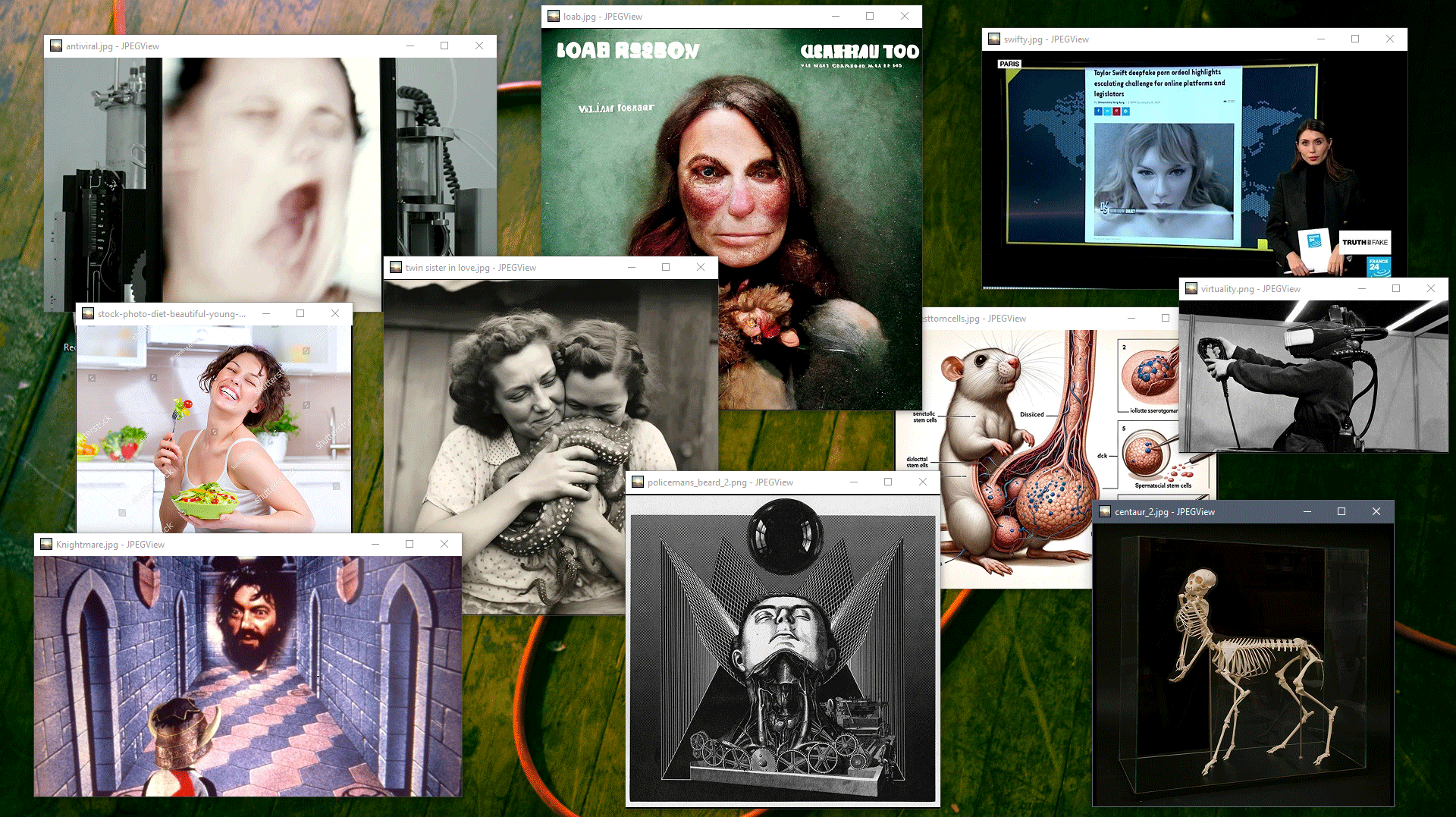
Daniel Rourke
Meta.Morf 2024 – [up]Loaded Bodies / Kjøpmannsgata Ung Kunst, / Conference April 20 / Curator: Zane Cerpina
No Upload Required: Deepfakes, Centaurs, and the Language Model Body
Hans Moravec, in a flourish of 1980s techno-optimism, suggested that all we needed to live forever was to render ourselves computable. Retained as an information pattern in the 80s equivalent of The Cloud, for Moravec, our bodies were superfluous accessories, necessarily deconstructed – atom by atom – as we parsed the digital essences we were destined to become. This promise to ‘upload’ ourselves echoed a religious fantasy of transcendence, stretching back at least as far as Early 20th Century Cosmonautism, the Victorian obsession with electricity and spiritualism, and the Cartesian split of mind and body philosophized by Rene Descartes. When N. Katherine Hayles criticized the promise of Hans Moravec in her 1999 treatise on Posthumanism, she wove Moravec’s idea back into these histories, insisting that information could not be separated from its material base. In the 3rd decade of the 21st century, a new paradigm of computationality brings not just Moravec’s techno-Cartesianism, but also the ethical basis of Hayles’ material-Posthumanism into question. What need is there to upload your particular body when generative AI can conjure you a new one from latent space? When media headlines around the world registered the shock that Taylor Swift had been ‘deepfaked’ in early 2024, nobody considered how much of Swift herself was necessary to generate the pornographic image that traversed the internet. Probing the history of uploaded bodies, minds, and everything in between, this essay will try to parse a new kind of body, generated from data collected from many millions of unknown sources, and made lively with the deepfaked face of Taylor Swift. Whose body was actually AI-generated? Who gets to have such a body? Who had to have their body taken away? And what role does language have in the constitution of this new kind of shared body that seems to require no upload at all?
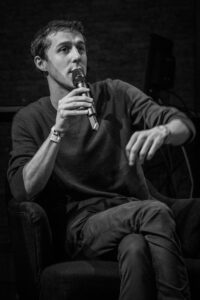 Daniel Rourke (UK) is a writer, artist, and educator based at Goldsmiths, University of London. In his work, Daniel creates collaborative frameworks and theoretical toolsets for exploring the intersections of digital materiality, the arts, and (critical) post-humanism. He is currently working on a speculative writing project perverting generative language models.
Daniel Rourke (UK) is a writer, artist, and educator based at Goldsmiths, University of London. In his work, Daniel creates collaborative frameworks and theoretical toolsets for exploring the intersections of digital materiality, the arts, and (critical) post-humanism. He is currently working on a speculative writing project perverting generative language models.
machinemachine.net / therourke.bsky.social
Header graphics: “No Upload Required”, courtesy of the artist.
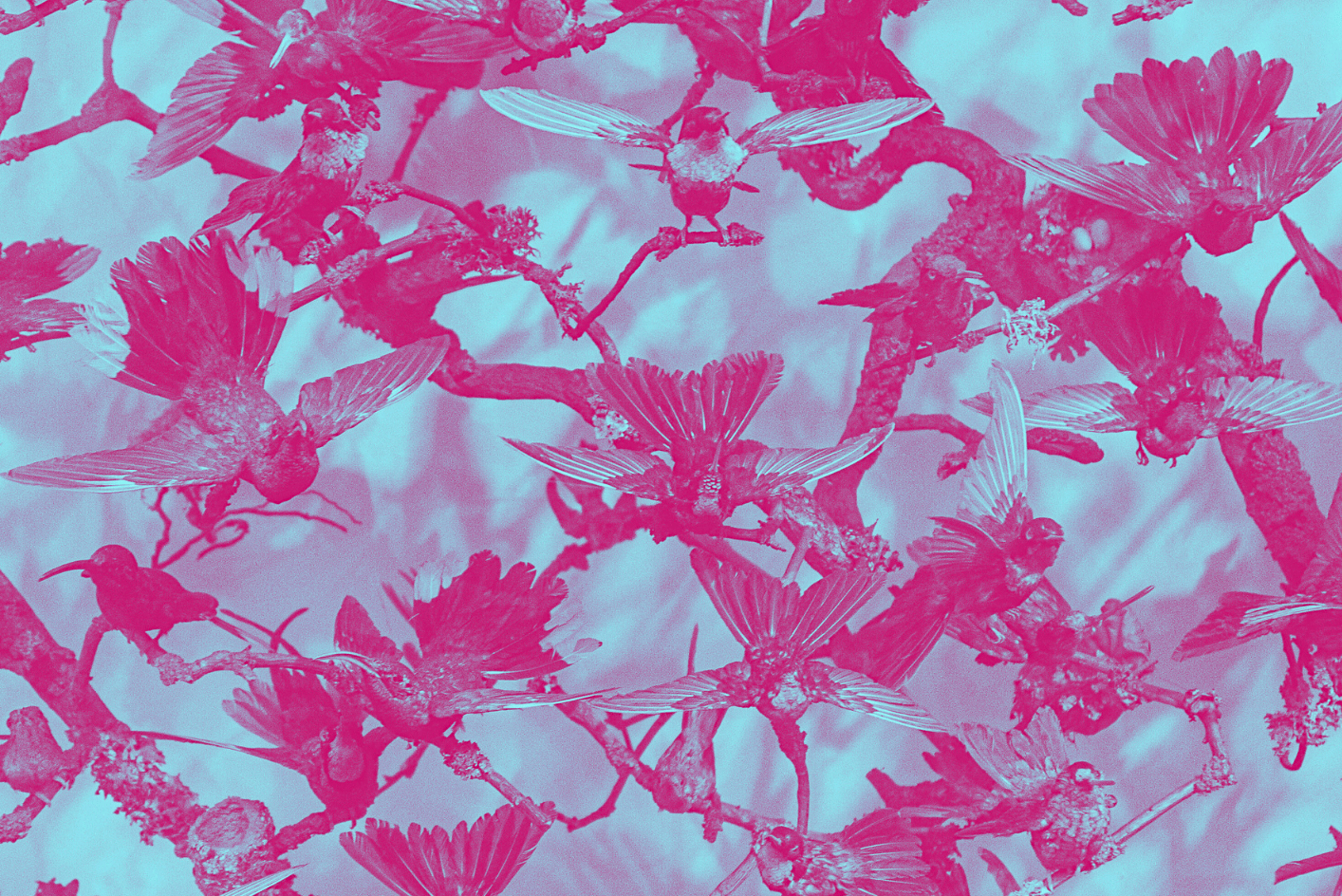
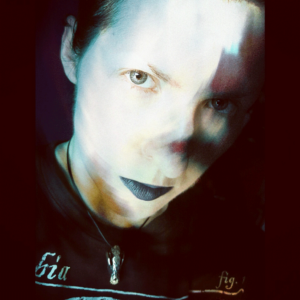 Marietta Radomska (PL/SE), PhD, is an Assistant Professor of Environmental Humanities at Department of Thematic Studies, Linköping University, SE; founding director of research platform The Eco- and Bioart Lab (
Marietta Radomska (PL/SE), PhD, is an Assistant Professor of Environmental Humanities at Department of Thematic Studies, Linköping University, SE; founding director of research platform The Eco- and Bioart Lab (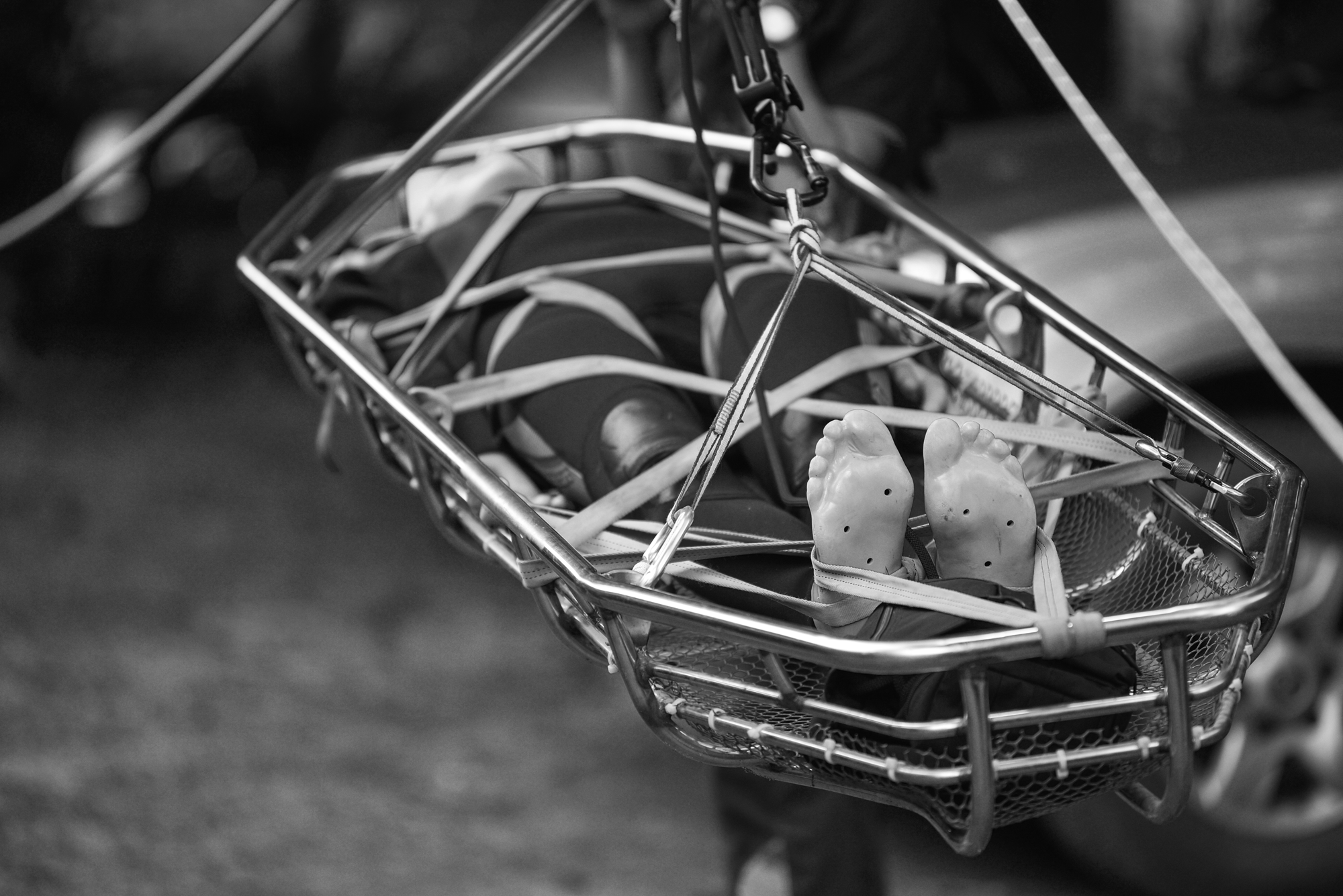
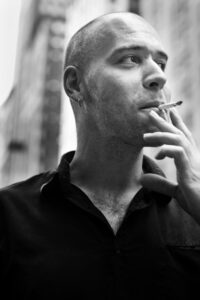 Marnix de Nijs (NL) b. 1970, is a Rotterdam-based installation artist. After graduating as a sculptor in 1992, he focused his early career on sculpture, public space, and architecture. Since the mid 90’s, he has been a pioneer in researching the experimental use of media and technologies in Art. His works include mainly interactively experienced machines that play with the perception and control of image and sound, but also radical and humorous pieces such as his Bullet Proof Tent and the Physiognomic Scrutinizer belong to his oeuvre.
Marnix de Nijs (NL) b. 1970, is a Rotterdam-based installation artist. After graduating as a sculptor in 1992, he focused his early career on sculpture, public space, and architecture. Since the mid 90’s, he has been a pioneer in researching the experimental use of media and technologies in Art. His works include mainly interactively experienced machines that play with the perception and control of image and sound, but also radical and humorous pieces such as his Bullet Proof Tent and the Physiognomic Scrutinizer belong to his oeuvre.
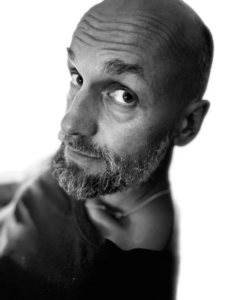 Martinus Suijkerbuijk’s (NL/NO) diverse background forms the blueprint of his artistic practice. He holds a degree in Automation Engineering and Industrial Design. In 2017, he graduated from the International MFA program at the Trondheim Academy of Fine Arts, where he is also currently a PhD candidate. His work is best understood as an experimental practice that connects, translates, and operates across the borders of different media, artistic genres, and disciplines. Within his practice, he explores the fringes of art, technology, and philosophy through the potential of alliances and collaborations. His technical background has enabled him to work across industries. He has been invited to present his research and work at art institutions (ZKM, Sónar+D Barcelona, Meta.Morf 2020) as well as technology conferences (CHI 2018, Philips Trend Event). Presently, his artistic research centers around the possibilities of Artificial Aesthetic Agents through AI technologies and gaming engines.
Martinus Suijkerbuijk’s (NL/NO) diverse background forms the blueprint of his artistic practice. He holds a degree in Automation Engineering and Industrial Design. In 2017, he graduated from the International MFA program at the Trondheim Academy of Fine Arts, where he is also currently a PhD candidate. His work is best understood as an experimental practice that connects, translates, and operates across the borders of different media, artistic genres, and disciplines. Within his practice, he explores the fringes of art, technology, and philosophy through the potential of alliances and collaborations. His technical background has enabled him to work across industries. He has been invited to present his research and work at art institutions (ZKM, Sónar+D Barcelona, Meta.Morf 2020) as well as technology conferences (CHI 2018, Philips Trend Event). Presently, his artistic research centers around the possibilities of Artificial Aesthetic Agents through AI technologies and gaming engines.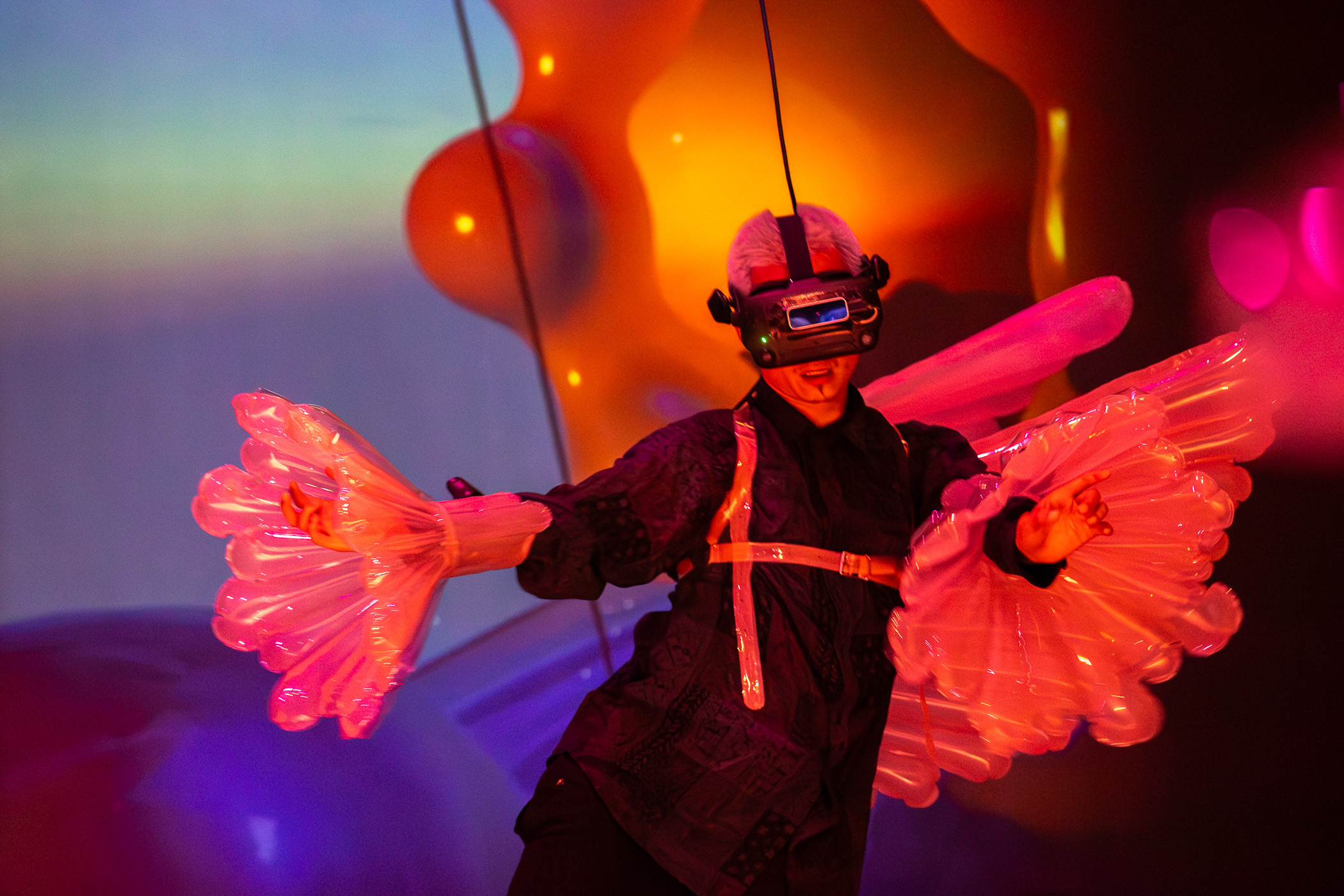
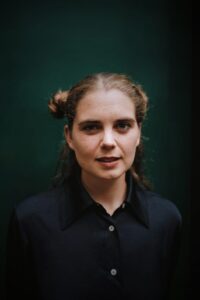 Paula Strunden (DE) is a transdisciplinary XR artist with a background in architecture. She studied in Vienna, Paris, and London and worked at Raumlabor Berlin and Herzog & de Meuron Basel. Since 2020, she has been conducting her design-led Ph.D. as part of the Horizon 2020 European research network TACK at the Academy of Fine Arts Vienna. Her work specializes in embodied and multisensory virtuality, exploring the intersection of architecture, spatial computing, and human experience. Her performative XR installations have been exhibited at prestigious venues such as the Royal Academy of Arts London, Nieuwe Instituut Rotterdam, and Eye Filmmuseum Amsterdam, and nominated for the Dutch Film Award “Gouden Calf” in 2020 and 2023. Through her internet platform, www.xr-atlas.org, she advocates for interdisciplinary historiography of virtual technologies and furthers the recognition of female pioneers in the history of VR.
Paula Strunden (DE) is a transdisciplinary XR artist with a background in architecture. She studied in Vienna, Paris, and London and worked at Raumlabor Berlin and Herzog & de Meuron Basel. Since 2020, she has been conducting her design-led Ph.D. as part of the Horizon 2020 European research network TACK at the Academy of Fine Arts Vienna. Her work specializes in embodied and multisensory virtuality, exploring the intersection of architecture, spatial computing, and human experience. Her performative XR installations have been exhibited at prestigious venues such as the Royal Academy of Arts London, Nieuwe Instituut Rotterdam, and Eye Filmmuseum Amsterdam, and nominated for the Dutch Film Award “Gouden Calf” in 2020 and 2023. Through her internet platform, www.xr-atlas.org, she advocates for interdisciplinary historiography of virtual technologies and furthers the recognition of female pioneers in the history of VR.